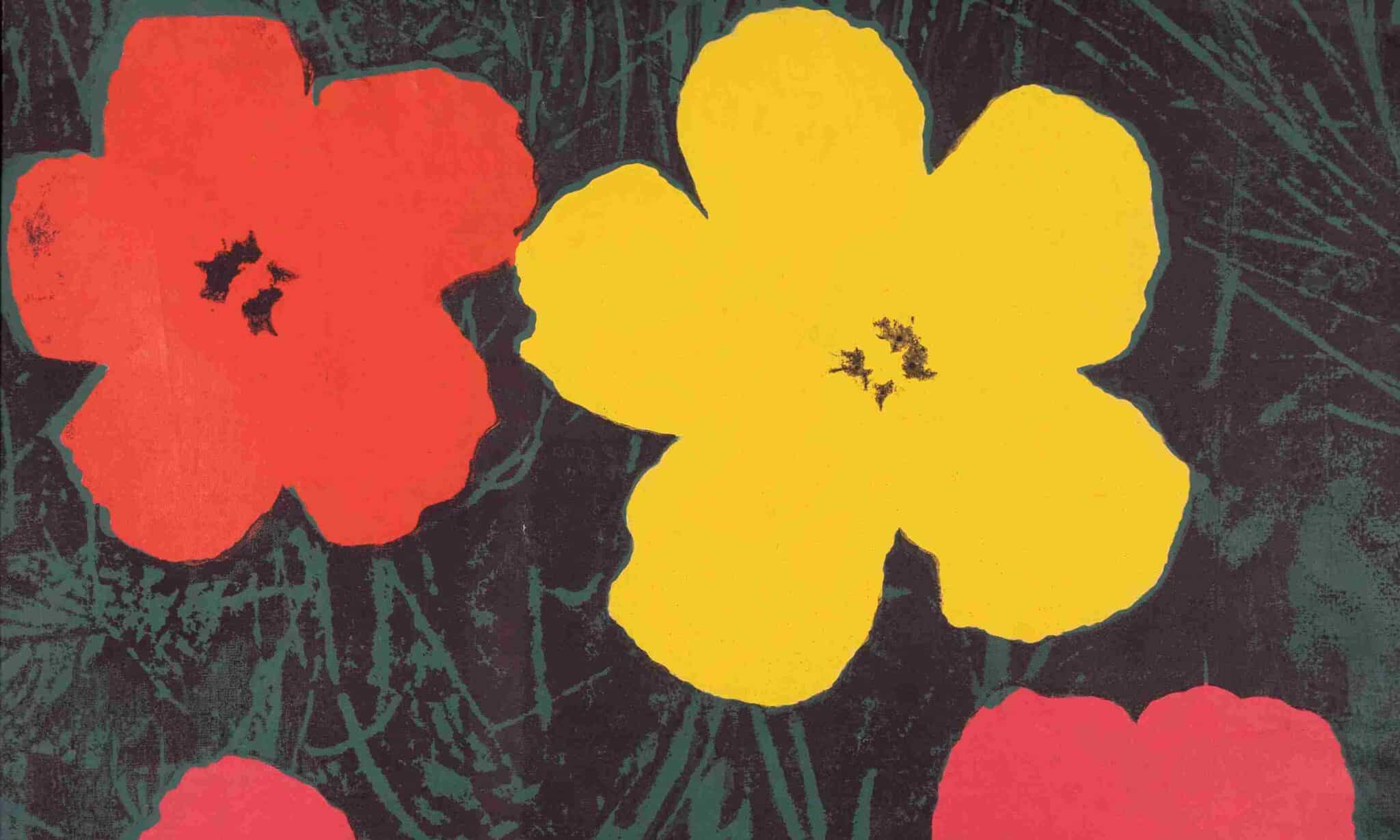
Within the framework of the Flower Power Festivals the MUCA and MURAL offer a joint experience for all the senses, celebrating nature in a culinary and cultural way. At B(L)OOM ART DINNER the MUCA invites you to enjoy art between the fine-dining courses.
Blossoms and flowers can be found in many of the exhibited works of the current Anniversary show "25 at the MUCA. Sometimes they shine out at visitors in bright colours, sometimes the flower motifs can only be discovered at second glance in the artwork, often charged with political meaning.
With its bright, eye-catching colours, as were popular on contemporary billboards and in print advertising, shows Andy Warhols work "Flowers" (1964), the primary endeavour of Pop Art to imitate the aesthetic techniques and means of the commercial mass media developing in the 1960s. Warhol's "Flowers" is another commentary on the relationship between singularity and homogenisation, a confrontation of high culture versus consumer culture. The singularity of real flowers, each unique in its proportions and place in nature, is - at first glance - completely obliterated by the print medium's seemingly miraculous ability to reproduce them accurately.
Throughout his career, Warhol consciously avoided the possibility of screen printing for exact reproduction, experimenting impulsively with his colour combinations. From this playful aspect, his screenprint series are executions in varied repetition and in testing the limits of similarity and difference. In this sense, the Flowers series is a sophisticated meditation on the tension between the reproductive aspirations of nature and those of popular culture in post-war society.
This tension is similarly evident in the late Warhol portraits (on view at MUCA alongside "Flowers") by renowned Daily Express photographer Steve Wood: taken in 1981 in the seaside resort of Deauville, they are a compelling testament to the artist's shy character. The photographs compare the artist's famously enigmatic personality to the sunflower he holds in his hand: unique, fragile and in danger of dissolving in Woods' repetitive photographs, which mimic the subtle variations of Warhol's own prints.
Warhol is photographed in the portraits in the special French light that has already inspired many Impressionists to create masterpieces. The sunflower can be seen as an allusion to Van Gogh. On the other hand, the yellow blossom is also considered a symbol of the hippie movement and flower power era at the end of the 1960s.
Alongside the sunflowers and flower wreaths of the hippie movement, the most diverse types of flowers have become symbols of political movements, revolutions and the rebellion against systems. During the "Carnation Revolution" in Portugal in 1974, women put red carnations in the barrels of the soldiers of the military coup against the authoritarian dictatorship as a greeting. Captured by photographers, the image of the carnation in the rifle became an international symbol of peaceful overthrow and the socialist workers' movement.
The motif of a flower in a gun barrel or in a baton also appears in the work of the contemporary US artist Shepard Fairey recurs again and again in his works. Fairey's prints are a painterly essay on the representation and dissemination of power. In his works, he deals with the emergence of class and cultural identity, the power of political and religious ideology, state-sanctioned systems of secrecy and surveillance, the real danger of authoritarianism and the possibility of resistance.
The silkscreen collage "Revolutionary Woman" from 2007 shows a woman with a headscarf holding a rifle with a rose in the barrel in her left hand. She is "armed" with a paintbrush; in her ammunition belt you can see more paintbrushes. Fairey's intention is to draw attention to the important role of women in protests in the Islamic world. "Revolutionary Woman" is currently on loan from the MUCA to the exhibition "Flowers Forever - Flowers in Art and Culture" on show at the Kunsthalle München.
In the thirty works by Shepard Fairey (aka Obey) in the current MUCA exhibition "25 years", another floral motif, the lotus flower, can be discovered.
The lotus flower has a millennia-old history; in ancient Egypt it was a symbol of resurrection and regeneration. Today it is considered a sacred flower that radiates purity and light. Shepard Fairey dedicated the series of works "Obey Lotus Ornament" to this beautiful plant. Unusual for Fairey's work, this print is not intended to convey a purely socio-political statement, but to emphasise the beauty and radiance of the blossom. The British street artist has used an entire bouquet of flowers in his work. Banksy as a symbol of peace: In his work "Love is in the Air", currently on show at MUCA, a hooded demonstrator throws flowers instead of stones.
Join the exciting search for blossoms and flowers in the MUCA anniversary exhibition and learn more about their symbolism and meaning in contemporary art.